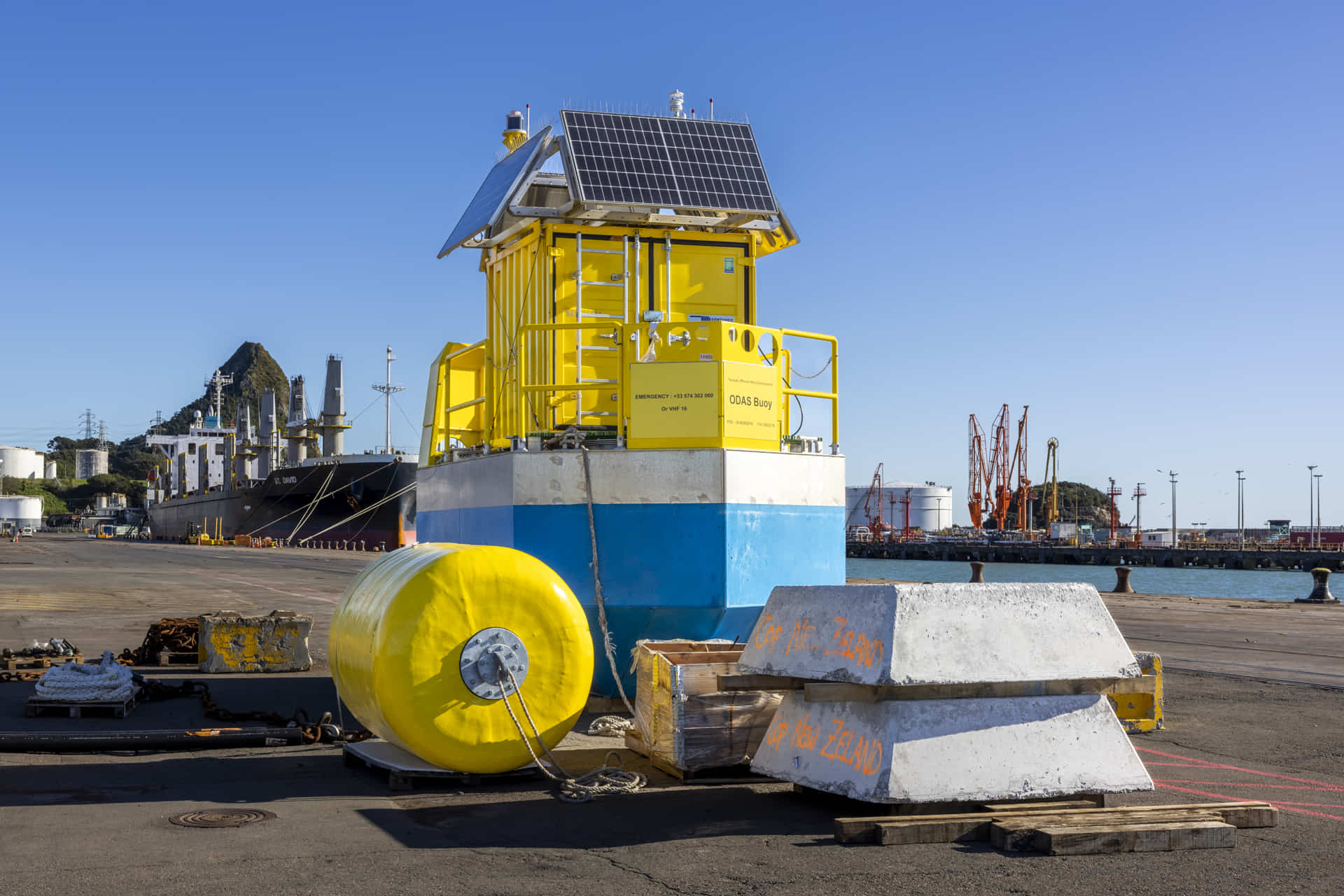
According to the joint venture, named Taranaki Offshore Partnership (TOP), this will be the first piece of physical offshore wind technology to be deployed in New Zealand.
The FLiDAR will be stationed 37 kilometres off the coast of Patea in the South Taranaki Bight for one year and the international specialists who are currently in the country to deploy the FLiDAR are training a local crew in Taranaki to operate and maintain the equipment.
The Floating LiDAR will measure wind speeds at heights of up to 300 metres, as well as waves and currents, to provide data that will inform the feasibility study for the proposed offshore wind farm.
“There’s still a long way to go in our feasibility investigations, including a number of environmental impact studies and extensive iwi and community engagement, but deploying the FLiDAR reflects the momentum building around this project and the creation of an offshore wind industry in New Zealand”, said Giacomo Caleffi, Business Development Manager at Copenhagen Offshore Partners (COP), CIP’s project development arm.
TOP submitted a pre-activity notice to New Zealand’s Environment Protection Authority (EPA) to deploy the LiDAR in June 2022 and, a few months after that, initiated a study into the future industry requirements needed to support the development and operation of the 1 GW South Taranaki offshore wind project.
At the beginning of this year, the joint venture also signed an agreement with Port Taranaki and BlueFloat Energy for a joint study into how the port’s assets, infrastructure and land can support the growth of the offshore wind industry in Aotearoa.
With a capacity of up to 1 GW, Taranaki Offshore Partnership’s proposed offshore wind farm is comparable to some of the largest hydroelectric power plants in the country and is capable of meeting over 11 per cent of New Zealand’s current electricity demand, according to the developers.
“We’re excited to be part of New Zealand’s transition to producing more home-grown clean energy to support decarbonisation of the economy, leveraging our proven experience of developing and operating offshore wind farms around the world,” Giacomo Caleffi said.
“As well as delivering renewable energy at scale, the development of an offshore wind industry in Taranaki will also create new opportunities for skilled workers smoothing the region’s transition away from emissions intensive industries”.